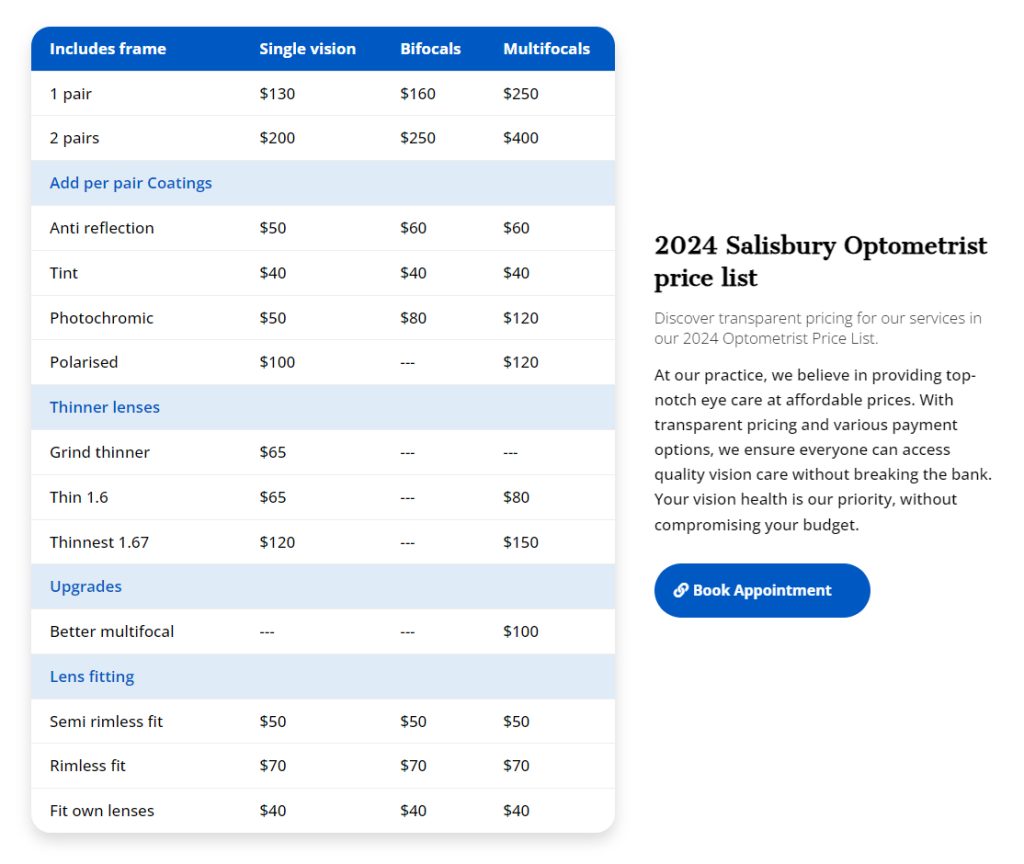A vision test helps us understand different aspects of the eyes and determine whether there is any problem that requires special attention.
The eye is a complex organ. Therefore, various tests can help us know its status and that of each of its parts.
These tests provide essential information since they allow us to diagnose eye diseases in their initial stages when symptoms are not yet present. This favours the application of treatments in these initial phases, and better results are achieved.
What is a Vision Screening Test?
A vision screening test is a simple test that can be performed by a school nurse, family doctor, or another certified healthcare professional, including an eye care doctor. It’s a basic test that can detect eye or vision issues, but it won’t diagnose an exact problem.
The goal of a vision screening test is to identify reduced vision and eye conditions that may lead to vision loss. If any problems are found, you will be referred to an ophthalmologist for a complete eye examination.
Some of the most common are the following:
Graduation Measurement
Thanks to the measurement of the graduation, it is possible to know exactly the patient’s refractive error (if they have myopia, hyperopia and/or astigmatism) and measure it with a standardized system, diopters, which allows ophthalmologists to know exactly the correction that each patient needs.
Two complementary systems are normally used to measure graduation.
- A device called an auto-refractometer is used, which measures vision that projects an image that focuses and defocuses and that allows specialists to give an approximate graduation.
- This automatic analysis is complemented by an optotype test that allows, on the one hand, to refine the prescription and, on the other, to measure visual acuity.
Snellen test
The Snellen test is, without a doubt, the most common Vision screening test. This test consists of placing a card about 6 meters away. Next, the patient must indicate whether they correctly see the letters, numbers, or colours that appear in said table. This test is very important, for example, in the diagnosis of myopia since it allows us to know the patient’s visual acuity and whether it has increased since the last test.
Eye fundus
The fundus allows the ophthalmologist to see the inside of the eyeball in a noninvasive way and thus determine the state of structures such as the retina, the macula, and the optic nerve, among others.
Slit lamp examination
The slit lamp is a low-power microscope, combined with a high-intensity light source, used to examine the eyes, especially the eyelids, cornea, conjunctiva, vitreous, sclera, and iris. Once the pupil is dilated, the fundus of the eye can also be examined. Sometimes, a yellow dye (fluorescein) may be used to explore the cornea and tear layer.
Ocular motility
During the examination, the ophthalmologist also evaluates the movement of the 12 extrinsic muscles surrounding the eye. He will value your parallelism and coordination.
The intrinsic muscles of the eye control the diameter of the pupil. The activity of these muscles is analyzed by observing the pupil’s response to light: contraction or miosis and dilation or mydriasis.
An abnormal pupil response may indicate a serious neurological disorder.
Visual Field Examination or Campimetry
This Vision screening test measures lateral or peripheral vision. Peripheral vision is very important since its limitation or loss is associated with some very specific eye diseases and problems. For example, the accumulation of drusen (which causes age-related macular degeneration or AMD), optic neuritis or retinitis pigmentosa, among others.
Corneal Topography
This test is critical before refractive surgery since it allows us to have a detailed “map” of the surface of the cornea. It is done with a device called a corneal topographer that scans the cornea and gives us a detailed three-dimensional map.
Vision Screening vs. Eye Exam
Vision screenings are often conducted at convenient locations and can detect eye problems in the early stages. However, they may not catch all problems, as they are performed using simple equipment within a limited time and have the following aims:
– Identifying people likely to have an eye disease
– Detecting eye disorders early when they can be easily treated
– Providing vision and eye care education
On the other hand, optometrists or ophthalmologists conduct eye exams. They not only test vision but also assess the overall health of the eyes, diagnose any eye problems, and prescribe corrective treatment.
It is important to have regular comprehensive eye exams by an eye specialist. For your child, you can ask your pediatrician to recommend an eye specialist.
When to Come to Salisbury Optometrist?
It must be taken into account that some eye problems and diseases do not present symptoms or, at least, do not show them until the disease is in its advanced stage. Because of this, it is recommended to have a routine eye exam at least once a year. Especially after the age of 40, which is when the first signs of ocular aging begin to appear and when the risk increases. Salisbury Optometrist will be in charge of taking care of our eyes with proper check-ups and finding out what type of eye problem we have.
During the consultation, we will perform different tests depending on the type of visit being made.
If it is a routine check-up, it is most likely that only some general tests will need to be carried out (such as a fundus study).If you go to a consultation for a specific problem, we will also perform other types of tests specifically focused on the symptoms described by you, So don’t hesitate to contact us, or give us a call. Your eye care is our priority.




0 Comments